February 02, 2023
How Quick the Comet Moves
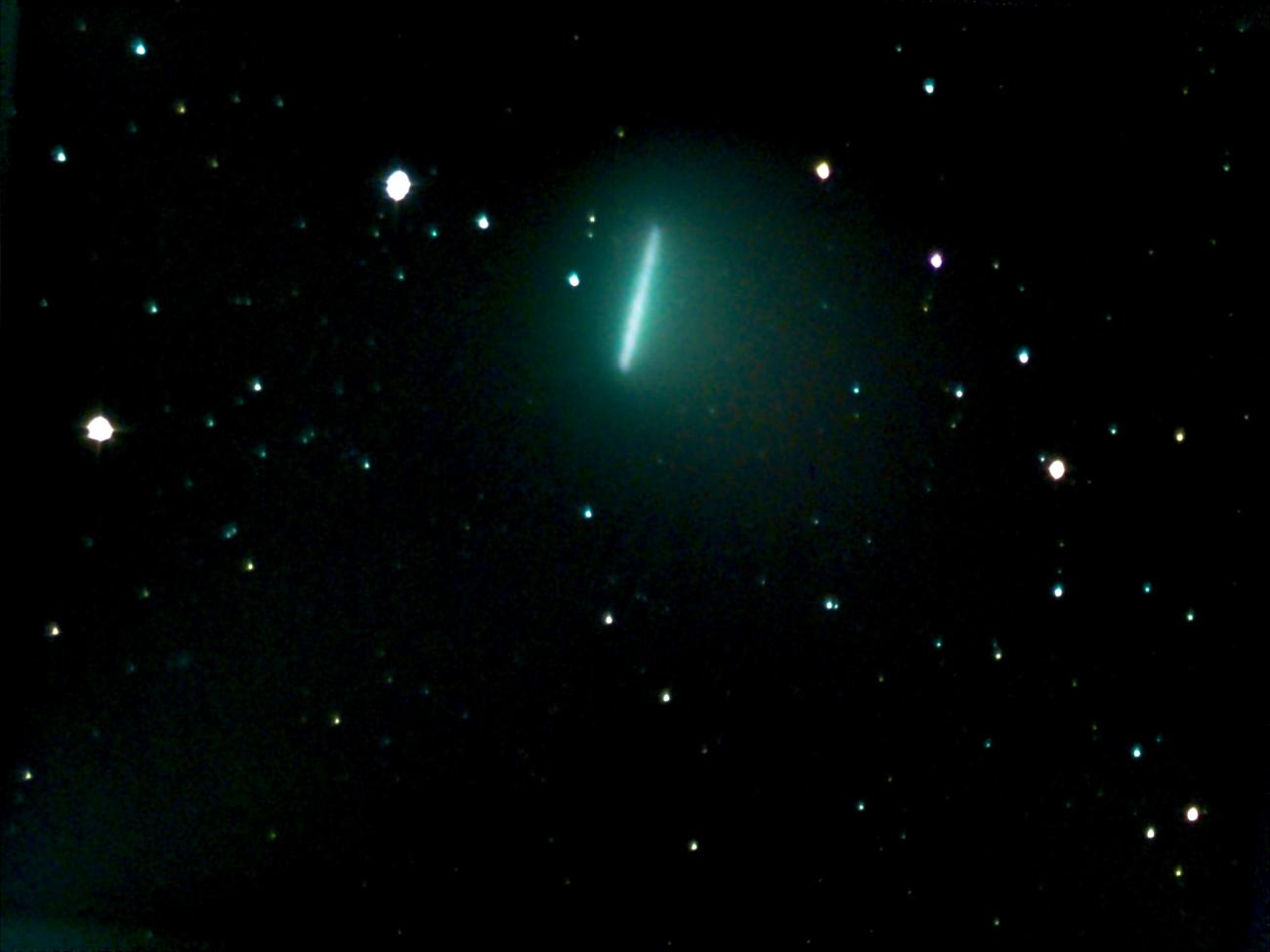
Watching a snowy, icy ball in space move through the sky from a snowy, icy park in Montréal
Tuesday night, I set up my telescope in Parc du Pelican in Rosemont to show people The Comet. I honestly expected about four people to show up.
To my surprise, before I could even arrive at the park, there was already several people waiting in the -16° C weather!
More people began arriving as I set up the Unistellar eVscope. Within a few minutes there was a crowd of about a dozen people. Just as people started settling in, I was able to get the telescope lined up and images of the green comet began pouring in on my phone screen:
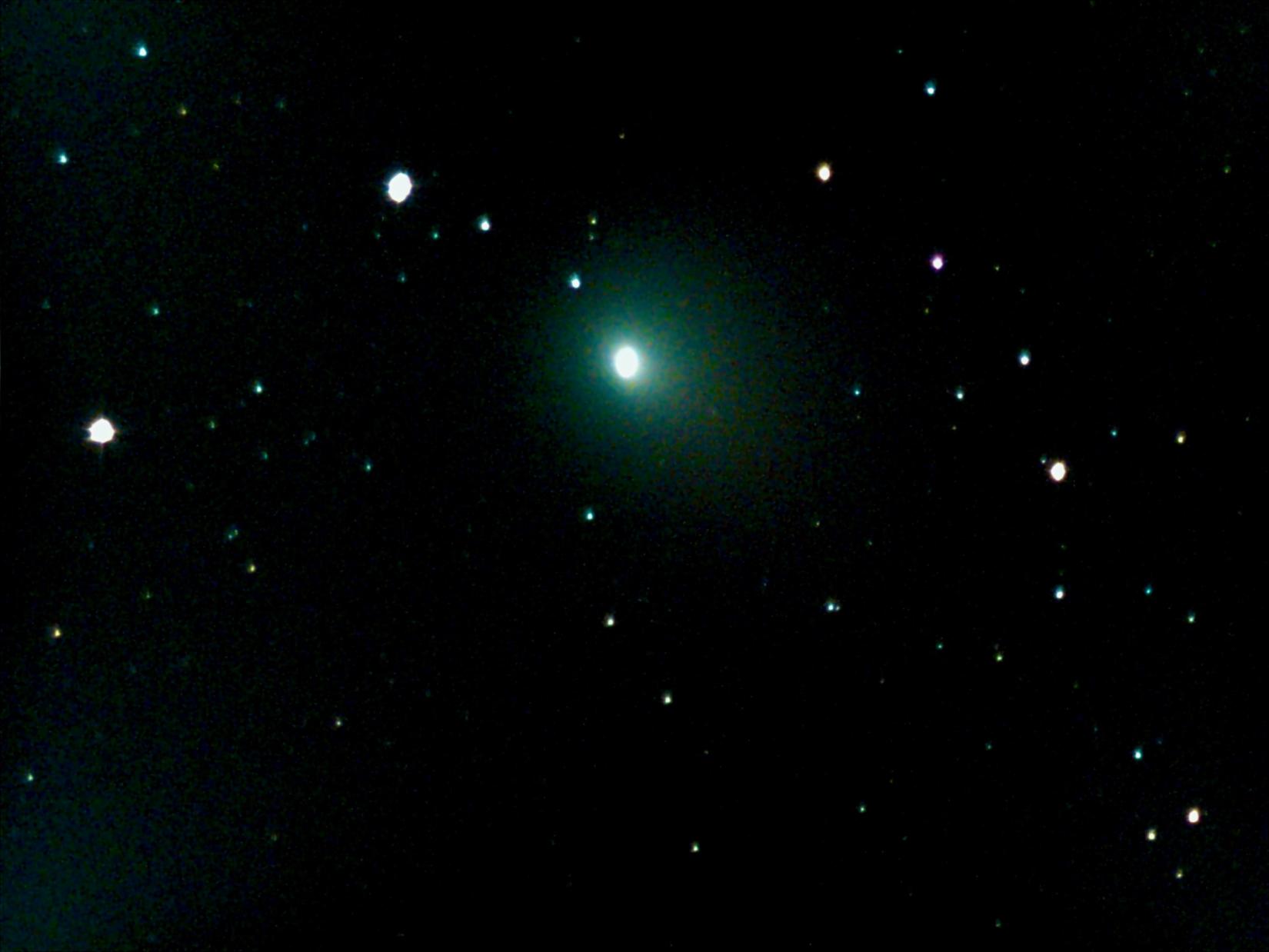
Snow Removal Day
More people began arriving. All told, I believe about 30 people in total came out to have a look!
Who else arrived? Montreal's snow removal crew. About 50 yards away, snow plows and dump-trucks wailed behind us as I tried to explain where in the sky The Comet was.
Thematically, this makes sense. Comets are made of snow, ice, and dust, too:
Highlight of last night’s comet viewing expedition was definitely when the snow plows showed up
— Plateau Astro (@plateau_astro) February 1, 2023
(thanks to @downtownstorms!) pic.twitter.com/Nrg24ZnmWx
The Comet Moves
The Comet is moving through the Solar System quite fast. A few weeks ago when I saw it for the first time on January 16th, I mapped out which stars were behind it:
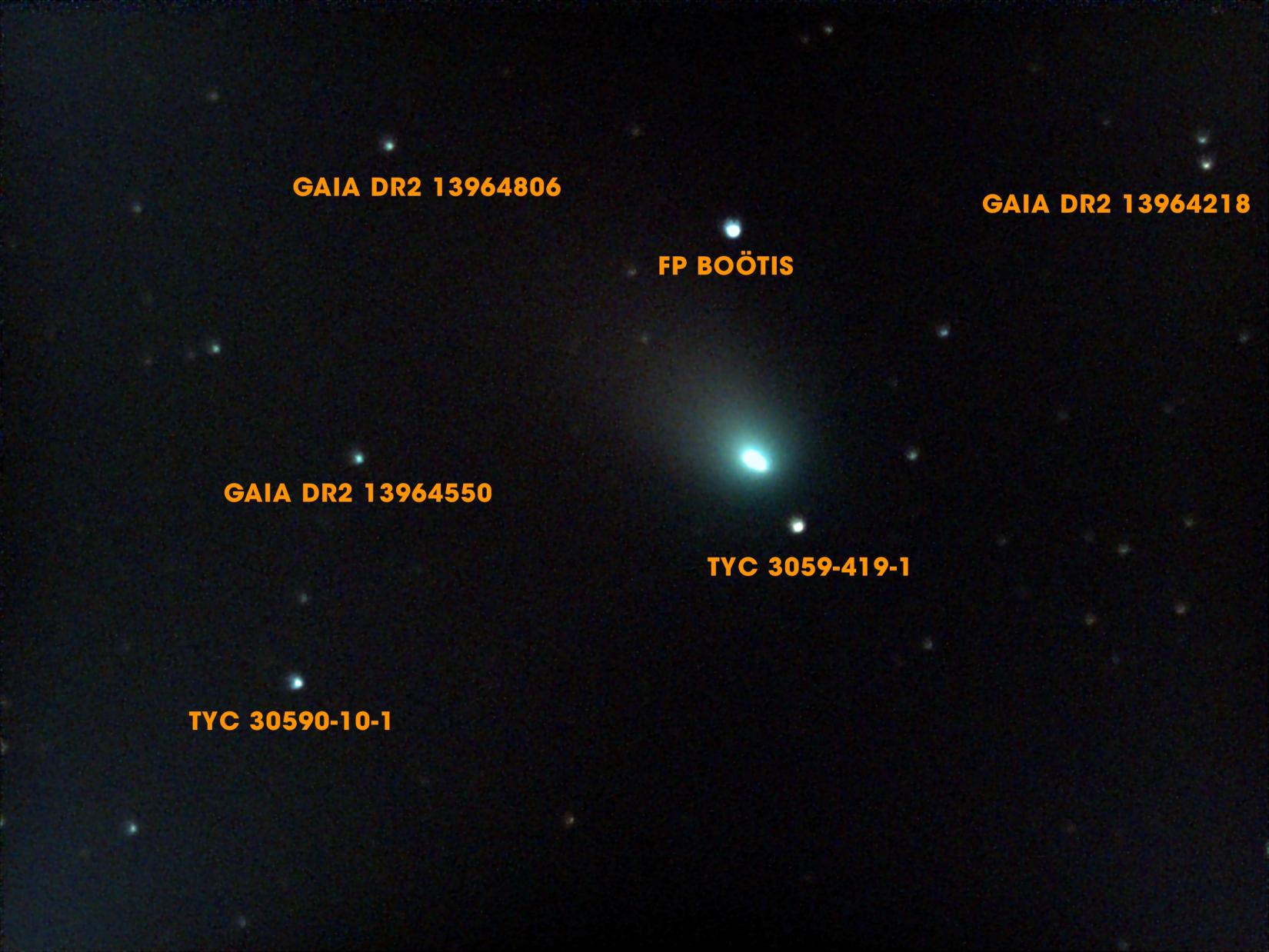
For Tuesday, January 31st, I did the same thing. Notice how the stars in the background are different from the shot above:
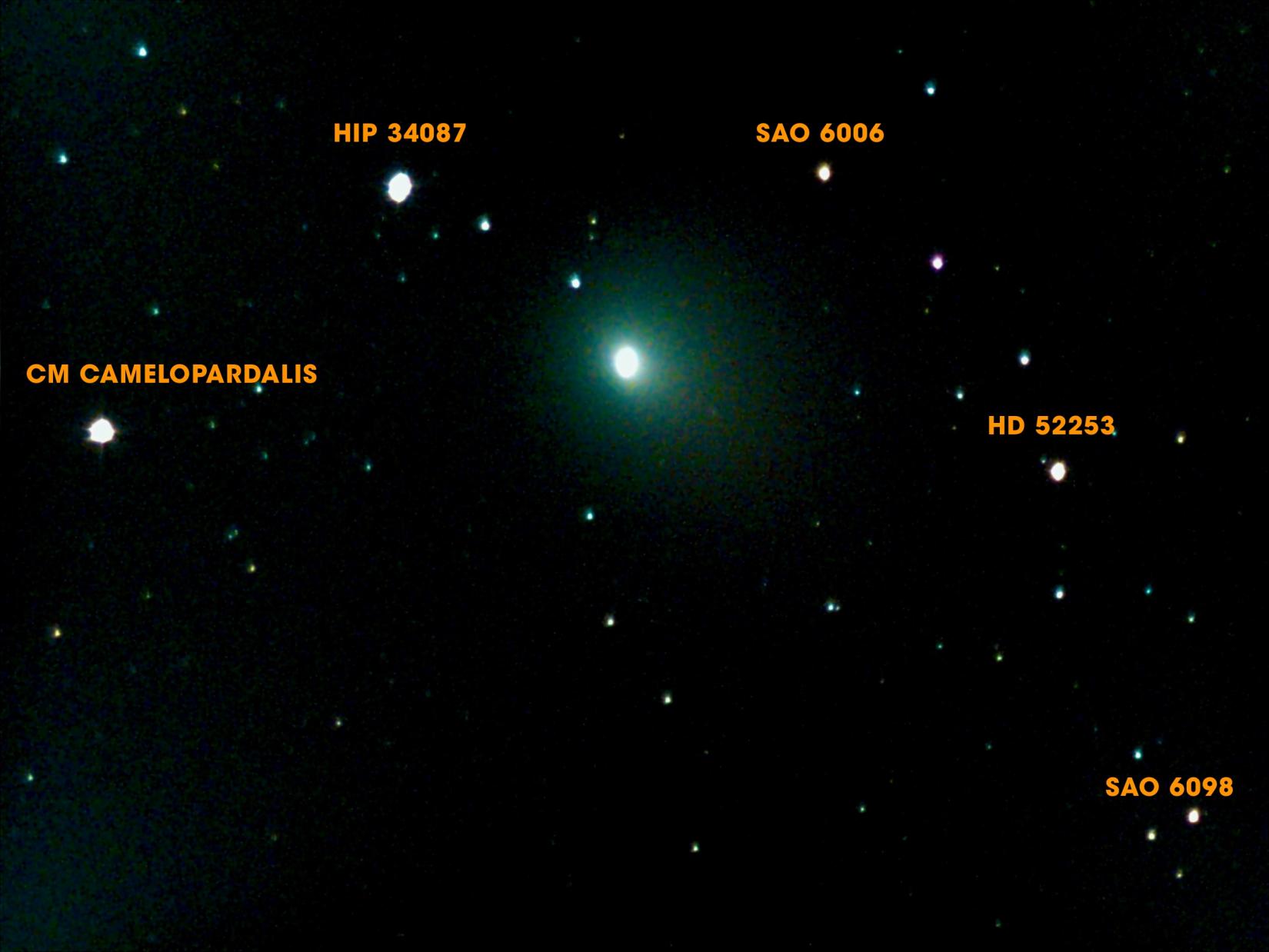
This was no surprise to me. Over 2 weeks of time, I expected The Comet to have different background stars.
In Just a Few Minutes
What did surprise me was how I only needed a few minutes to see how fast it moves.
While showing people the comet with my phone, I unwittingly took a long exposure. About 13 minutes. In that time, the telescope made this photo:
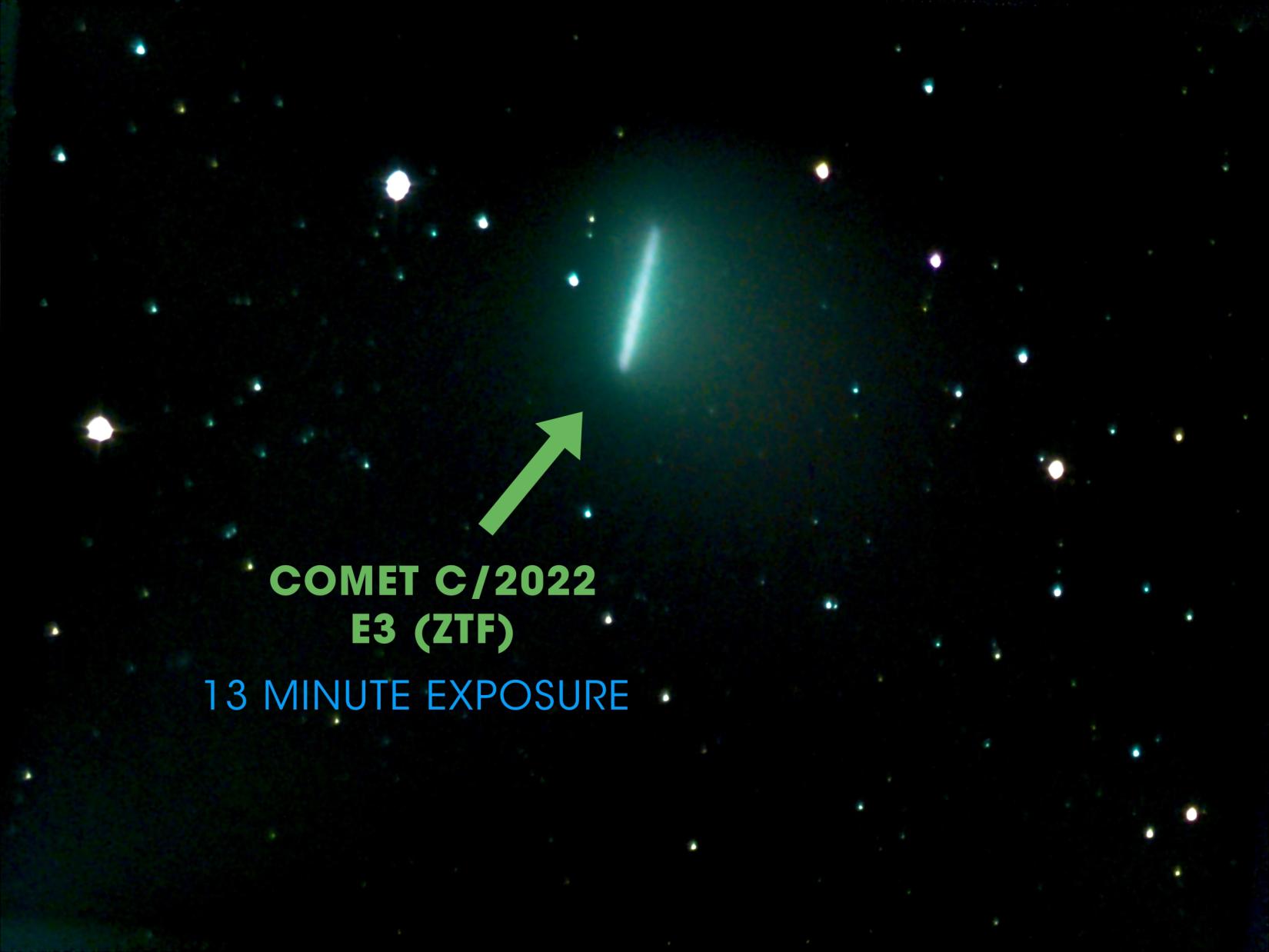
As somebody commented on my post of this: "It looks like Yoda's lightsaber!"
What's going on here?
This is a photo that the telescope took over 13 minutes. In that 13 minutes, the Earth is rotating, but the telescope I'm using is designed to rotate at the speed as the Earth. The net effect is that the stars appear to be "fixed" in place.
The telescope's photo shows the start and end point of the photo and the result is this long streak. In that 13 minutes, The Comet has moved that much.
How much?
I'm not sure. Although these stars behind it make it seems like this is a very big part of the sky, it is very, very small.
If you were to hold up your pinkie at arm's length and close one eye, your pinkie takes up about 1° of the sky. The entire photo above is about 0.3° of the sky. So, roughly, 1/3 of the size of your pinkie.
The Comet moved just a small portion of this entire image. So not much.
But it blows me away that a snowy, icy ball out there in space just took a few minutes for us to see move in our own snowy, icy city.


